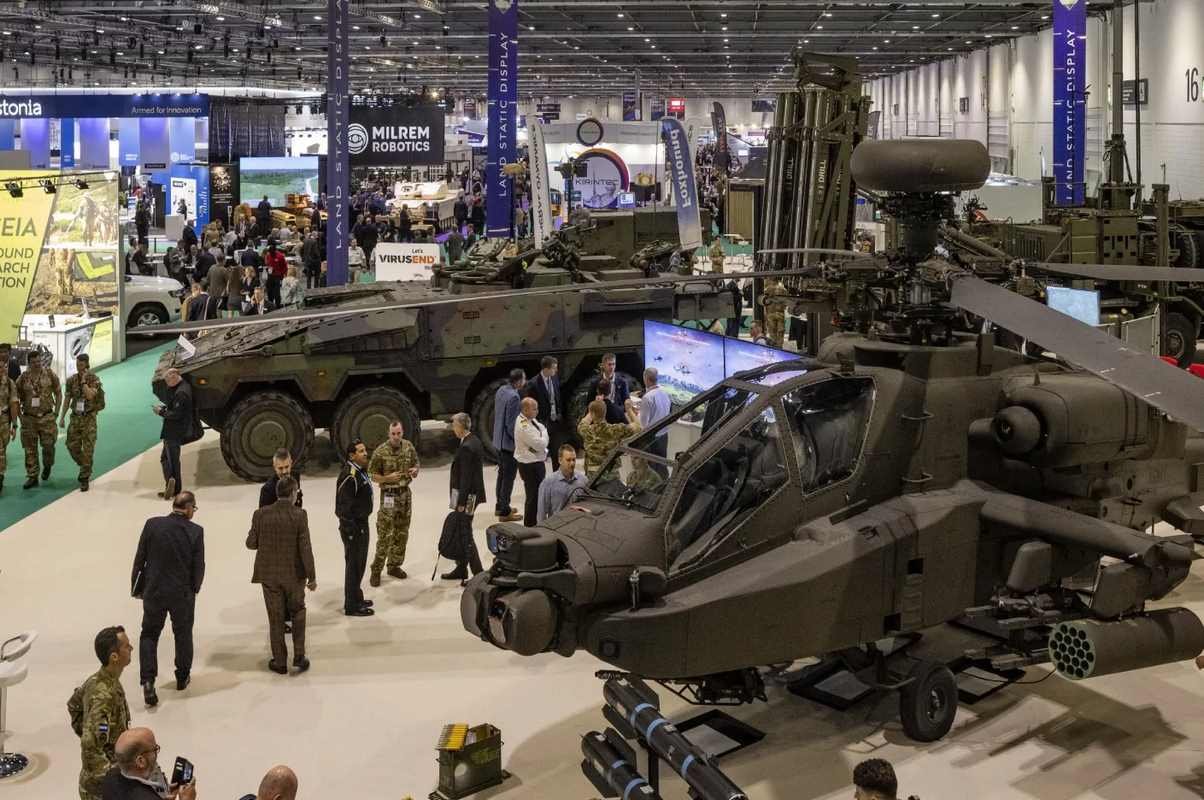Global military expenditures continue to rise around the world, with the 11 highest spenders all continuing to increase budgetary commitments to levels as high as those seen during the Cold War.
The data were compiled by the Stockholm International Peace Research Institute (SIPRI) on fiscal year 2022, headlined by a $2.24 trillion world yearly expenditure on military.
The three largest spenders in 2022—the United States, China, and Russia—accounted for 56% of the world total, while increases in Central and Western Europe not seen since the 1980s totaled $345 billion in 2022.
Some of the sharpest increases were seen in Finland (36%), Lithuania (+27%), Sweden, (+12%), and Poland (11%). However, Finland also added a $2.2 billion flat increase to push 2022 spending levels 70% higher than they were slated to be.
The country recently committed its security to the NATO alliance in the aftermath of Russia’s invasion of Ukraine.
“The invasion of Ukraine had an immediate impact on military spending decisions in Central and Western Europe. This included multi-year plans to boost spending from several governments,” said Dr. Diego Lopes da Silva, Senior Researcher with SIPRI’s Military Expenditure and Arms Production Programme. “As a result, we can reasonably expect military expenditure in Central and Western Europe to keep rising in the years ahead”.




